
Ship-based transport has been described as the backbone of global trade with about 90 percent of international shipping being transported by sea all over the world. It is an authoritative book discussing all the bases of maritime shipping, and all the complicated logics implemented to promote international trade.
What is Ocean Transportation and Why It Matters
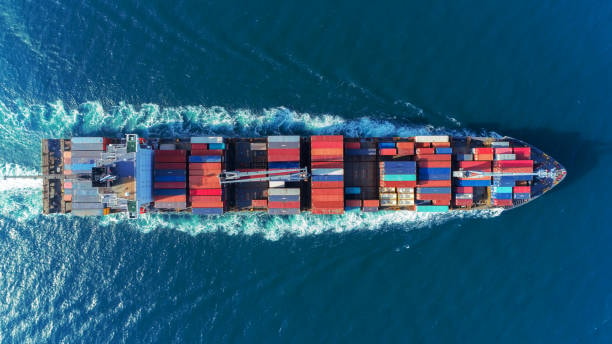
Ocean transportation means the conveyance of goods and cargo through ships cross the seas and oceans. The civilization of the human race could not be discussed without this form of transportation during past thousands of years, and it transformed primitive sailing ships into intricate container ones, capable of transporting thousands of twenty-foot equivalent units (TEUs). Maritime shipping is the cheapest means of transporting bulk products of a long distance, as well as ocean freight services, and without maritime shipping, no trade would be experienced in the world.
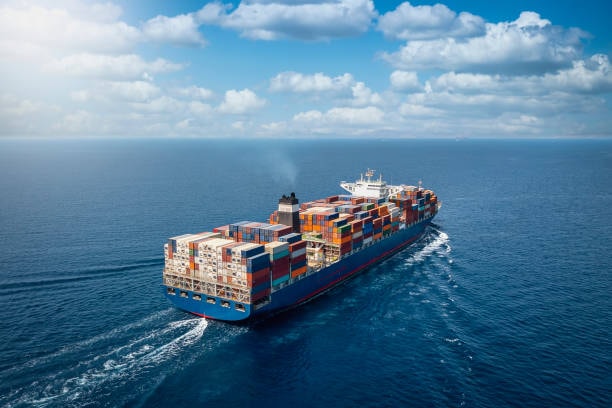
Moving of cargo alone does not justify the importance of ocean transportation. It bridges continents, facilitates trade globally, and drives the economy of the countries. Nations with well-established maritime infrastructure tend to have competitive advantages in the international markets because the costs of general logistics are lower and the supply chain becomes more dependable with the aid of efficient 海貨物.
The Evolution of Maritime Shipping Industry
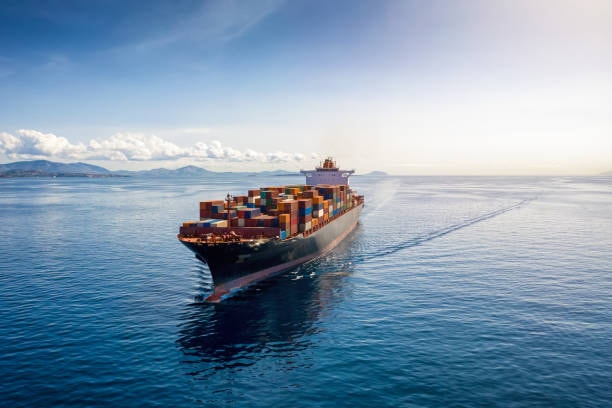
Maritime shipping business has witnessed an outstanding evolution since the time in antiquity. Technology has always come to influence the ways we transport our goods across the oceans, as a natural process, we have evolved through Phoenician trading ships to the current ultra-large container vessels (ULCVs). Its revolution was a revolution provided by the introduction of standard containers and containerization in the 1950s, which standardized cargo handling and made loading times drop significantly.
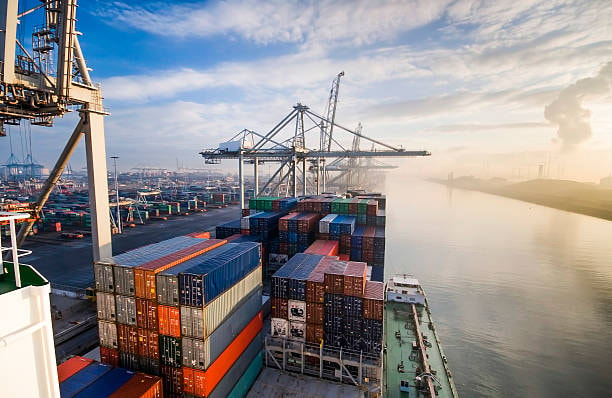
The modern shipping sector employs innovative technologies such as the use of the GPS navigation system, automatic cargoaft systems, and digital tracking services. Such advancements have enhanced safety, efficiency, and openness in ocean shipping, along with additional services nd this has made it safer and predictable to business entities around the globe.
Types of Ocean Transportation Services

Ocean shipments include many forms of transportation services so that they can satisfy the various shipment requirements. The Full Container Load (FCL) services can give shippers the possibility to hire complete containers as containers where their cargo can be securely transported and with reduced transit time periods. Less than Container Load (LCL) services allow small shipments to occupy a particular amount of container space thus making ocean freight affordable to smaller businesses with smaller consignments from multiple vendors .
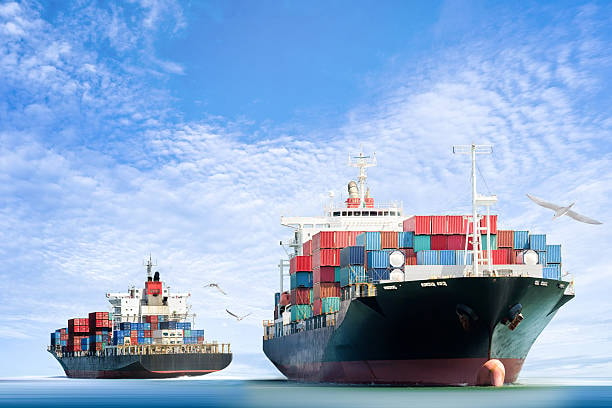
Break bulk shipping deals with overweight or oversized or oddly shaped large cargo which cannot be placed in normal containers. Vehicles and trailers can be transported using the Roll-on/Roll-off (RoRo) services. Examples of specialised services are refrigerated boxes in order to transport perishable products, various cargo type liquid products by tank containers, and heavy industrial products on heavy-lift ships.
Container Shipping: The Foundation of Modern Trade
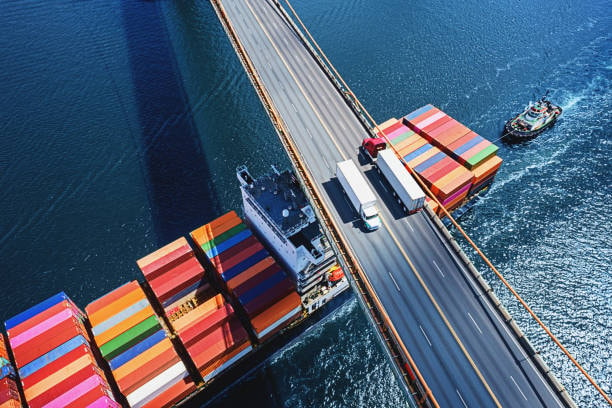
Container Shipping forms the greatest innovation in the history of ocean transport. Cargo handling involves standardized shipping containers, resulting in cost reduction in shipping by tremendous margins and also by routine. Standardized containers usually take the length of 20 feet or 40 feet each. The steel containers are easily transitable among the vessels, trucks, and trains, making a unified transportation system in the world.
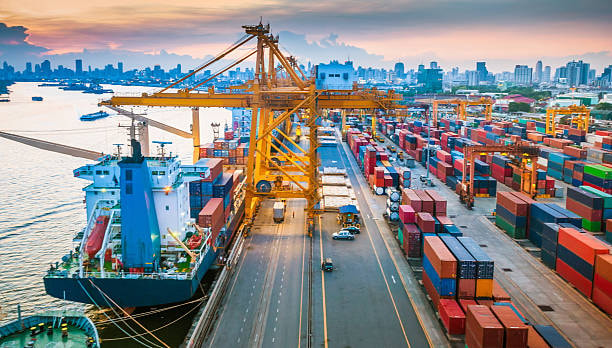
Careful planning also occurs in the process of containerization that features cargo consolidation as well as container stuffing and securing. Good documentation, especially with bills of lading and customs bills, makes the international transit through international ports across different time zones easy. Container tracking technics enable a shipment to be tracked in real-time and thus, offer visibility into transport process.
Bulk Cargo Transportation Methods
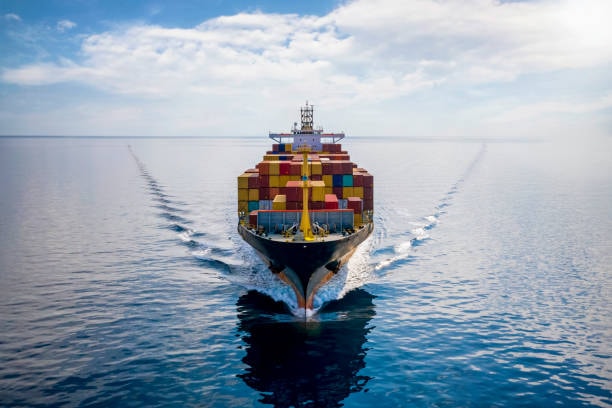
Bulk cargo transport is used in industries that need a lot of raw commodities such as grain, coal, oil and minerals. Dry bulk carriers include high volume materials such as iron ore, wheat, coal and carry it in specially designed and built holds to easily load and off-load. Such vessels will tend to be self-unloading or use port equipment aimed at bulk handling.

Transportation of liquid bulk uses the tanker vessel with a built-in pumping system and storage ladders. Chemical tankers, oil tankers, and liquefied natural gas (LNG) vessels provide services that can be categorized as port to port liquid bulk vessels, although they also fill different cargo types, posing their own safety demands and requirements in handling them.
Major Ocean Transportation Routes Worldwide
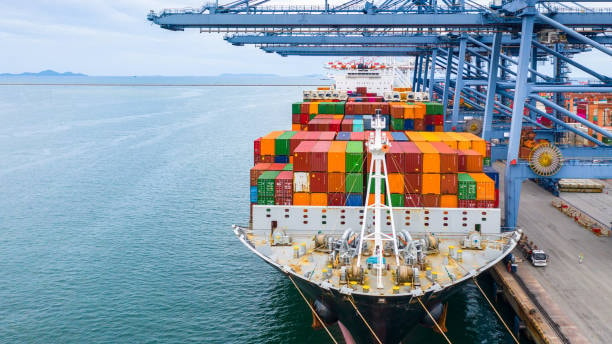
International trade channels link the hubs of economic activities via marine transport networks. The service between Asia and Europe, which pass to the Suez Canal, has the largest amount of the containerized cargo catering to new markets . The Trans-Pacific is a route that connects the manufacturing hubs of Asia to the markets in North America and the Asia-Middle East route connects the swift growing economies within the Persian Gulf.
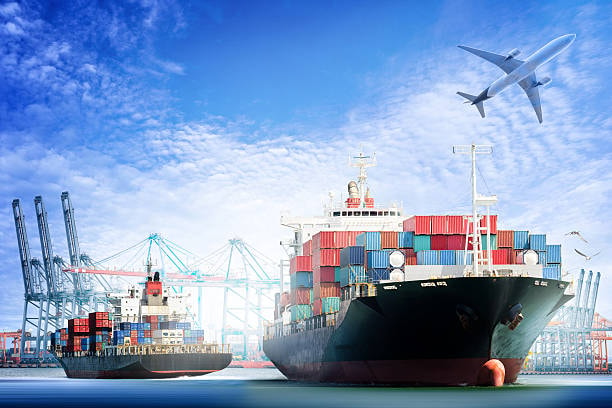
Newer routes such as Arctic routes which have become easier to navigate due to climate change have the possibility of lowering Europe to Asia transit times. The enlargement of the Panama Canals has also presented a new opportunity where bigger ships can move between the Pacific and the Atlantic waters in the open ocean, changing the shipping dynamics of the world.
Port Operations and Terminal Management
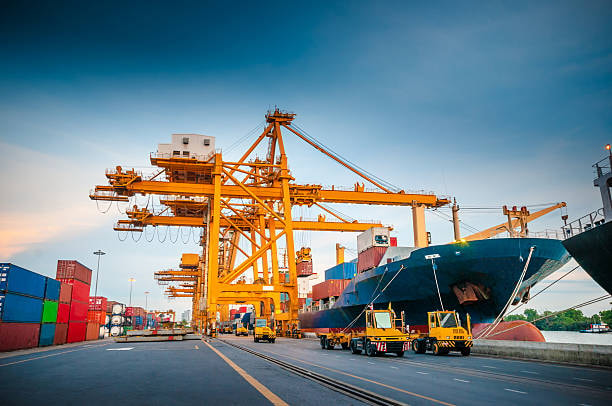
In the modern port, the facility plays the role of a logistics and operations hub that synchronizes the flow of millions of containers per year. There is also complex planning that takes place in the terminal operations to streamline berth assignments, crane assignment and yard planning. Using robotic systems and artificial intelligence, automated container terminals offering door to port service are more efficient and less human error-prone.
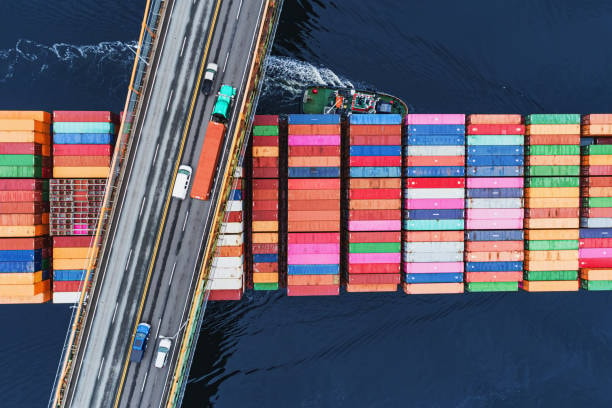
The port connections also go beyond sea traffic and marine activities to cover trains, roads, and inland bodies of water links. This implies that efficient port operations also entail smooth interchange of different modes of transport and other forms, customs officers, as well as logistics providers in order to lessen the dwelling time and eventually he overall costs of transportation.
Shipping Documentation and Regulatory Requirements
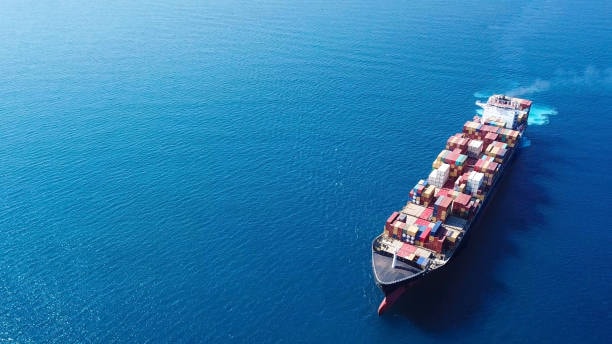
In the ocean mode of transporting, volumes of documentation are necessary to guarantee processes legal nature and cargo safety. Bill of lading plays a dual role of the receipt of the goods and a contract of carriage for a single shipper ; commercial invoices stipulate the value of a transaction to be presented to the customs. Packing lists include the exact description of cargo, and certificates of origin guaranty the source of goods to be able to trade under those trade agreements.
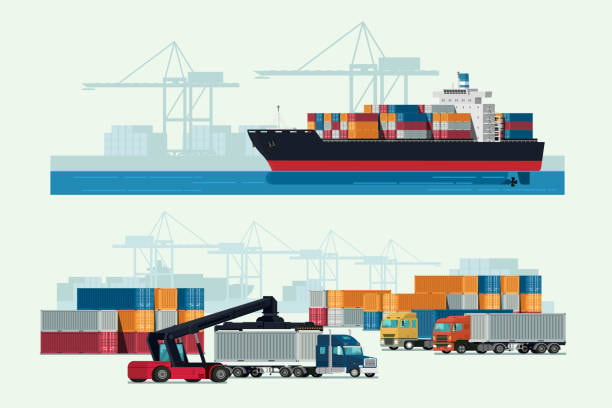
Regulatory compliance involves an assortment of international and national prerequisites such as International maritime Organization (IMO) safety measures, custom, and security regulations. Adequate documentation will avoid the unnecessary delays incurred by using expensive but ineffective documentation and will facilitate the entry of competitive rates cargoes easily to destination ports.
Cost Factors in Ocean Freight Pricing

The prices of ocean freight cost include several elements rather than the simple transportation costs. Base freight rates are determined by demand in the trade lanes, ship capacity and seasons. Fuel surcharges vary with the price of bunker fuel and ocean freight quotes, currency adjustment factors act as a counter to any change in the exchange rate.
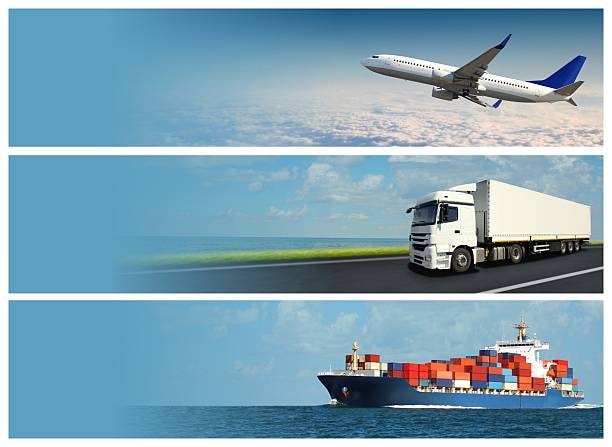
There are other charges such as terminal handling fee, documentation fee and security surcharges. Learning about these costs components enables the shippers to budget properly and compare the various service providers. Long-term contracts can offer regular shippers rate security though the spot market rates offer flexibility to occasional shipments.
Transit Times and Delivery Scheduling

Transit time associated to ocean transportation varies a great deal depending on the distance, route complexity, and type of service. Direct services are of quicker transit time but could only cover major trade lanes. Transshipment services which entail transfer of cargo in the intermediate ports offer wider coverage on the destination but allow longer timelines.

With increased vessel capsize and upgraded port infrastructure, there has been an increased reliability in scheduling. Nevertheless, adverse weather conditions, congestion of ports and labor strikes may still influence delivery schedules. Knowledge of these variables can assist the businesses to scheduled the inventory level and control the customer expectations.
Technology Integration in Maritime Logistics

Digital transformation has changed ocean transportation by use of modern tracking system, predictive analytics and automated operations. The conditions in containers, their temperature, humidity, shock levels, etc., are tracked by Internet of Things (IoT) sensors that guarantee the integrity of cargo during transportation.
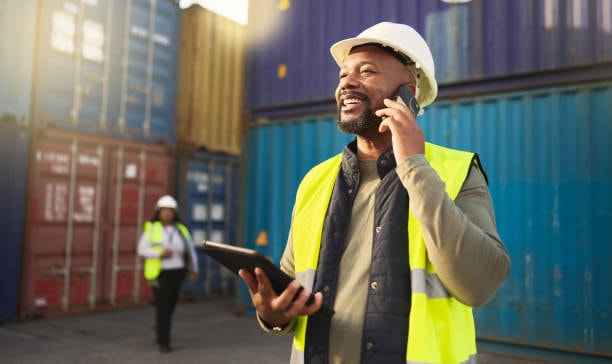
The blockchain technology is a promising resolution to safe distribution of documents and processing of transactions. Artificial intelligence helps with route optimization work, maintenance forecasting, and port automation. This kind of technological progress enhances efficiency, cutting levels of costs and gives more of a clear picture of the logistics in the sea.
Environmental Impact and Sustainability Initiatives
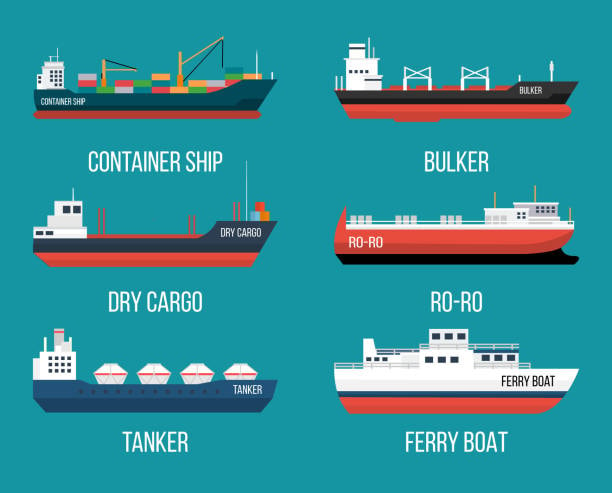
The shipping business is urged to lessen their mark on the environment. Shipping contributes to about 3 percent of the total greenhouse gas emissions across the world, which has served as a motivation to research the production of cleaner fuel, and leaner ships. Gaseous and non-conventional marine fuels such as hydrogen, ammonia, and methanol are under testing as alternatives to traditional marine fuels, contributing to environmental sustainability.

The use of slow steaming, where the vessels have their speeds reduced to lower fuel consumption, has become common amongst the large shipping companies. Electrification of ports and shore-side power connection enable the reduction of emissions when ships are at the pier. These sustainability initiatives are in line with the global climate ambitions and with more environmental regulations.
Safety and Security Measures in Ocean Shipping
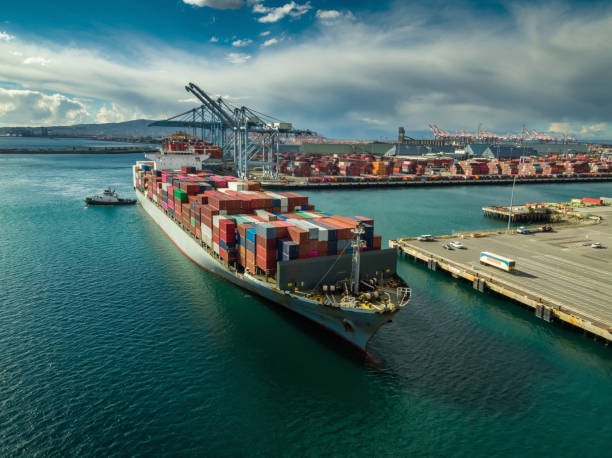
Maritime safety implies requirements as to the construction of the vessels, training of the crews, and procedures of responding to emergencies. International Safety Management (ISM) Code sets strategies of safety management among shipping companies whereas the International Ship and Port Facility Security (ISPS) Code touches upon the topic of safety threats in the maritime sector.

The security actions on cargo are related to sealing containers, verification of documentation, and a process of screening. High technologies like container scanning systems and GPS tracking increase the level of security during the process of transportation. Such actions prevent both theft and terrorism amongst other security issues without undermining a comfortable flow of the cargo.
保険とリスク管理
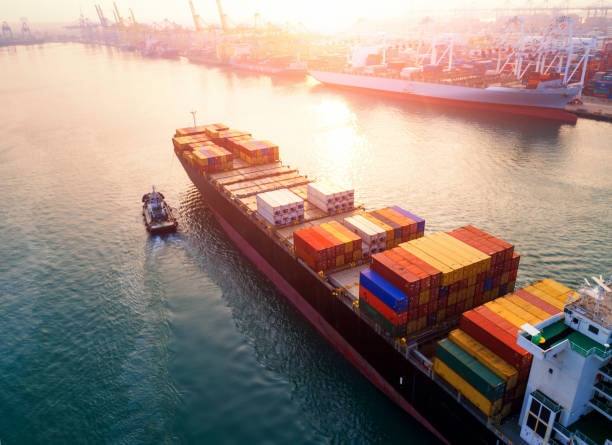
Marine insurance offers the most needed cover in relation to a wide range of risks associated with transportation at sea. Cargo insurance is against loss or damage of goods during transport, whereas the hull insurance insures the vessel owners against physical damages. Protection and indemnity (P&I) insurance provides third party risks such as pollution, crew injuries as well as cargo damages.
Other risk management strategies are packaging of the cargos properly, documentation and effective carriers. Insurance cover and exclusions are also understandable, which enables shippers to make advantageous decisions regarding transfers and retention of risk. Insurance brokers can advise on levels of cover to be applied and on policy policies.
Customs Clearance and International Trade Compliance

Customs clearance forms a major aspect of international ocean shipping. Goods are classified correctly using harmonized system (HS) which constitutes the duties and taxes. Prudent valuation will help make sure that nothing will be violating customs regulations and the chances of fines or customs delays are reduced.
Several of the regulations that are involved in compliances of trade are the import/export restrictions, licensing agreements and preferential trade agreements. Automated clearance systems have faciliated the process of customs, although complex shipments might end up being reviewed manually. Collaboration with customs brokers with a long history of working is a solution to compliance with the requirements imposed and operating in compliance.
Intermodal Transportation Connections
Ocean transportation can hardly work in isolation, but is a part of integrated intermodal networks. Inland movements of containers are efficiently handled by rail networks and the truck services offer door to door services along with other modes of transportation . The use of inland waterways transports the maritime mode of transport further into the continental markets.
The operations of an intermodal operation must be well coordinated among the various modes of transport, standardization of the equipments and efficient transfer facilities ocean freight shipping services. Electronic data interchange (EDI) systems allow one to share information in the chain of transportation among different parties, which decreases delays and increases visibility ship ocean freight.
Specialized Cargo Handling Requirements
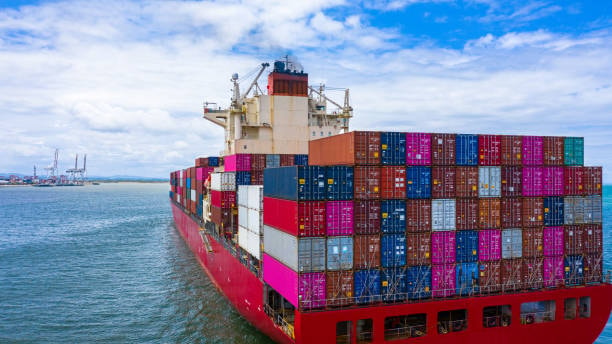
During the ocean transportation of some type of cargo, special handling practices and tools are needed. The refrigerated containers ensure that the perishable goods are at a controlled temperature whilst the hazardous materials which need special documentation and stowage procedures are taken care of. Cargo that is oversized can require special recuperating gear and voyage mapping full container load.
Project cargo transportation implies complicated organization of logistics of industrial equipment and the infrastructure within it. Such deliveries usually involves special ships, special packaging, and just-in-time delivery time. Appreciating the nature of specialized cargo means safe and effective transportation of special goods ocean freight shipment.
Emerging Trends in Maritime Shipping
The shipping business keeps changing as the industry has to keep up with technology and the international trade trends. Crewless ships are in development and testing and may be a revolution in crew needs and operating economics ocean freight forwarding. Efforts are being made in digitalization that is producing paperless operations and making supply chains more transparent fcl ocean freight.
Increased alternative voyages have been providing environmental-friendly energies and designed vessels to accommodate green shipping. Mergers among shipping lines are resulting in bigger global carriers having increased network of services. The development of e-commerce is affecting the design of ports as well as cargo handling processes to meet the needs of smaller and more frequent cargoes ocean freight rates.
Choosing the Right Ocean Transportation Provider
The ocean transportation provider should be selected with much consideration regarding service capabilities, reliability and cost-effectiveness. Some aspects that should be taken into consideration are the coverage of routes, transit time, supplies of equipment and financial solvency ocean freight quote. The indicators of service quality like the level of on-time performance and damage to cargo rates reflect improvements in the work.
Professional freight forwarders, such as Shenzhen Guanwutong International Freight Forwarding Co., Ltd. (GWT Worldwide) provide an entire range of logistics beyond the traditional ocean transport. Being a professional logistics service provider engaged in global freight forwarding, supply chain solutions, cross-border e-commerce logistics, GWT offers 航空貨物 service, sea freight, China-Europe railway transportation, international express, customs clearance services, warehousing, and the support in shipping to Amazon FBA global shipping. Its business operations have a great presence in China and the global market and its business aims at being efficient, transparent and focusing on customer satisfaction with the incorporation of the latest logistics technology and a global partner net well trusted to take care of goods in terms of their safe flow, fast delivery and compliance with the overall regulations of delivery port to door.
Future Outlook for Ocean Transportation
Technological innovation, environmental requirements and changing patterns of trade will define the future of ocean transportation. Artificial intelligence and automation will keep the efficiency and cost of the operation more efficient west coast. Newly built and cleaner fuels will be demanded and newer designs of more efficient vessels will be accepted due to environmental pressure entire container.
These will open up transparent and more efficient documentation in trade digitization. Resilience in supply chain will assume greater relevance as companies will aim at minimizing risks associated with disruptions major ports. The changing consumer expectation will require the industry to ensure that there are greener and more reliable shipping services at a faster rate customs brokerage.
結論
Major bulk of international trafficking occurs in the sea through ocean transportation which is highly affordable and consistent in marine transportation. Due to the complexity of the domain of maritime shipping, operations, and regulations surrounding container delivery as well as the international laws and policies, businesses now have the opportunity to streamline their supply chains and become competitive in international markets. With the trend of technology advancing and sustainability projects in the industry, ocean transportation will cater to the needs of the changing environment in international trade.


Thank you for reading!
Have questions, corrections, or better ideas? We’d love to hear from you!
We value every piece of feedback and promise to reply within 24 hours. Let's make this guide better together!
Note: Spam comments will not be published.